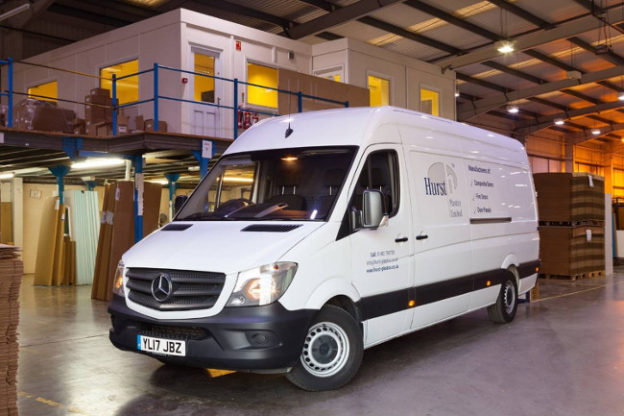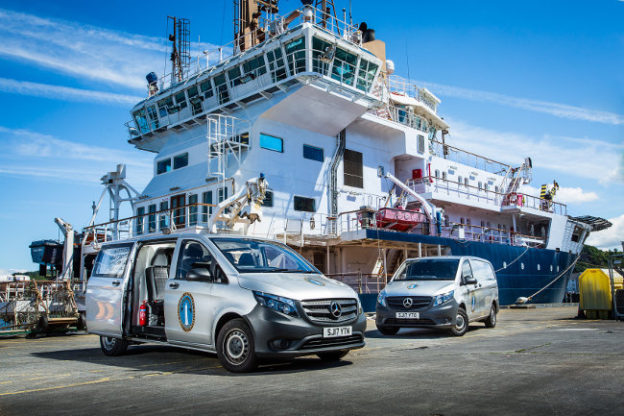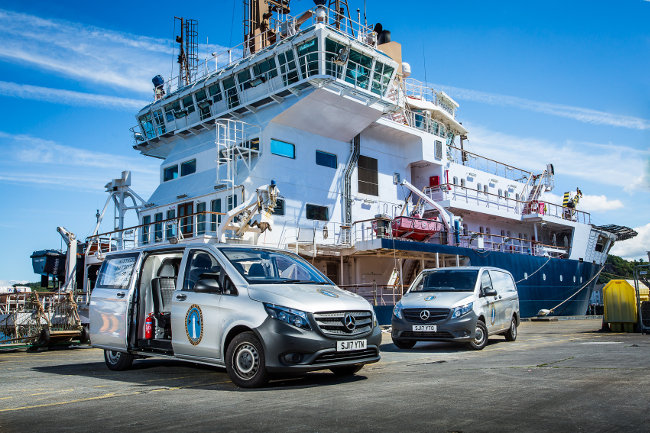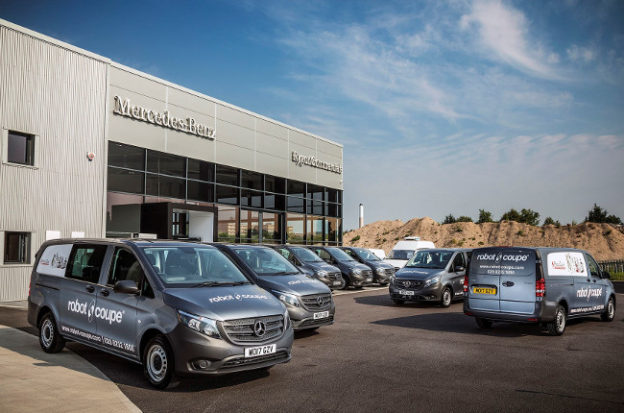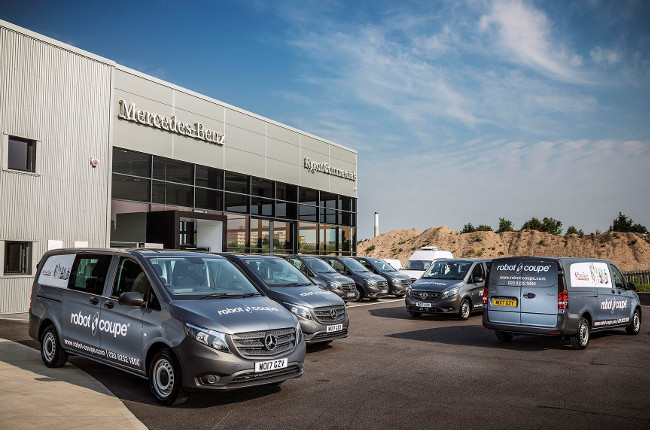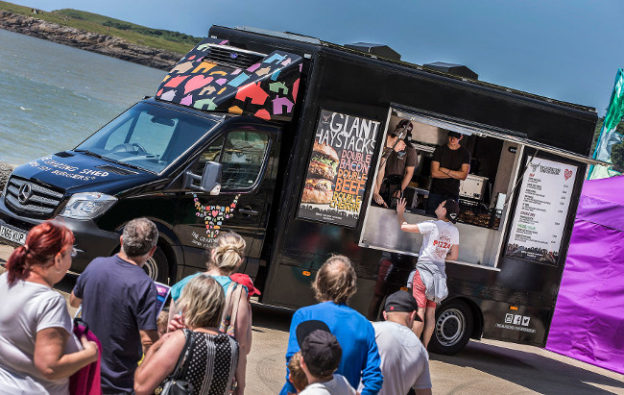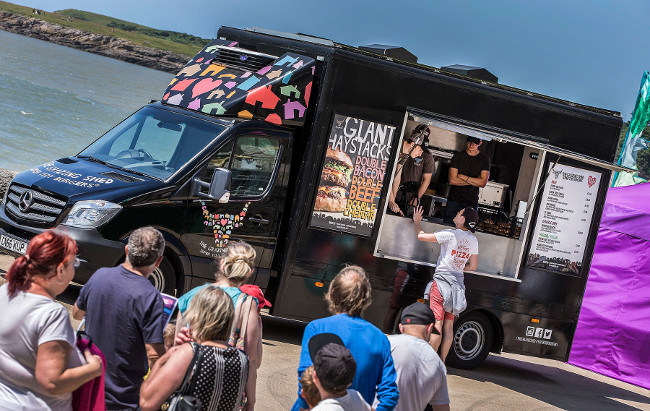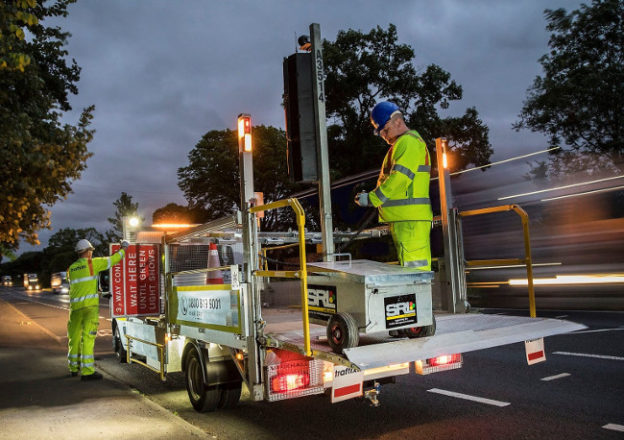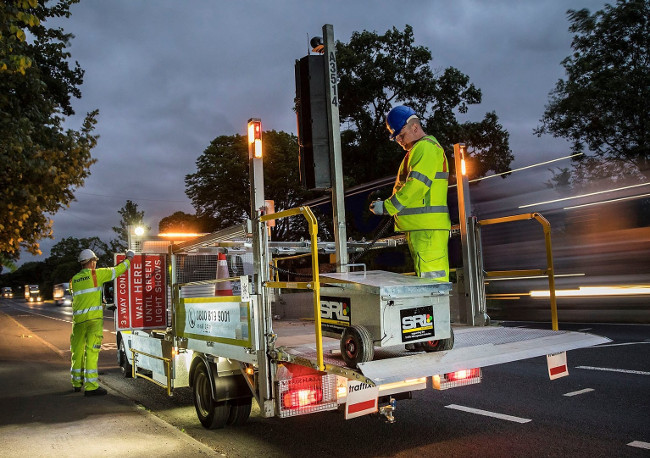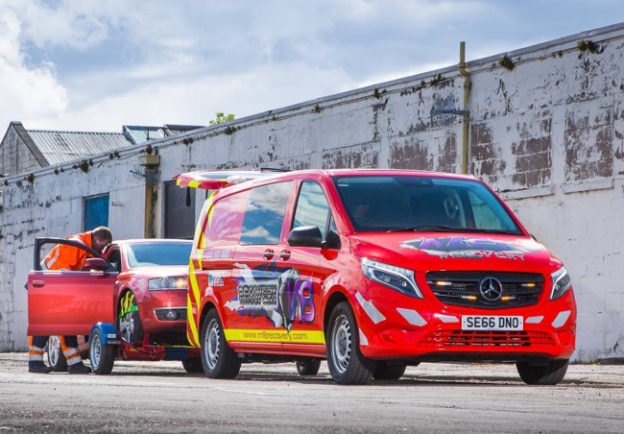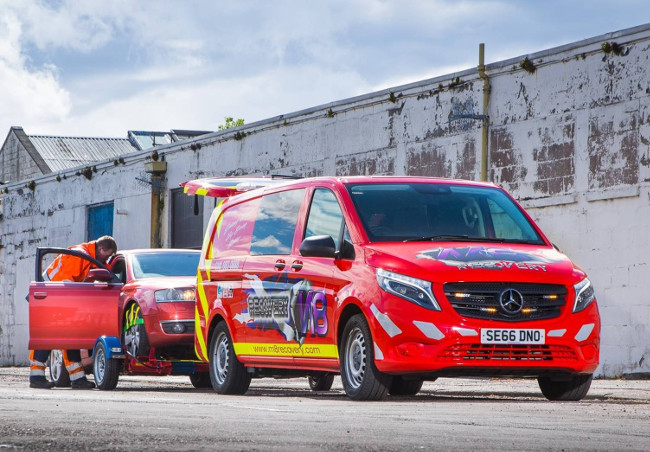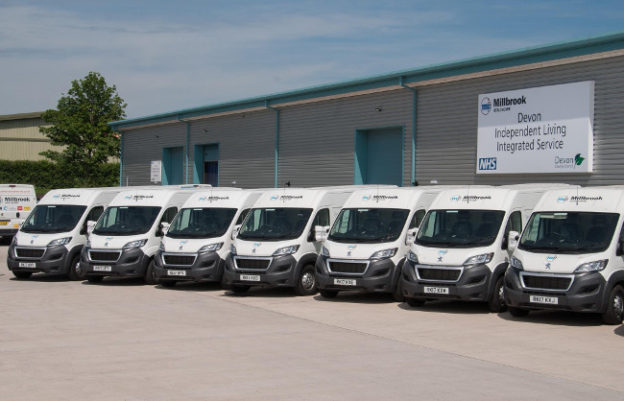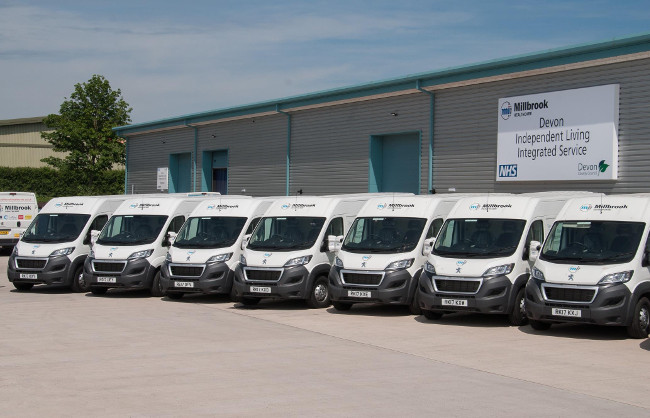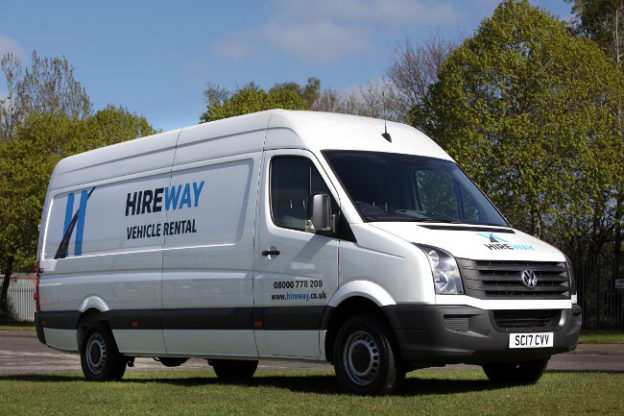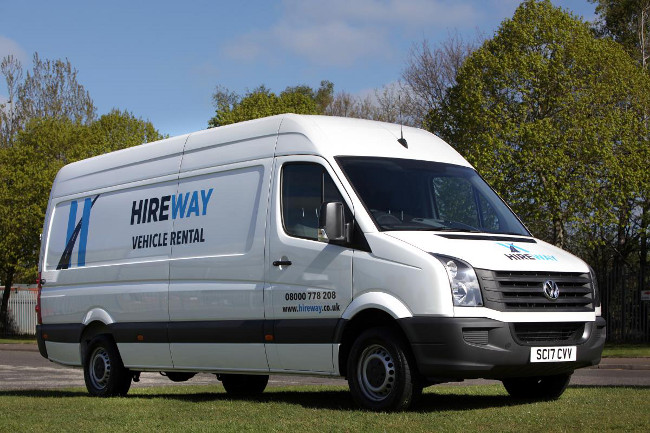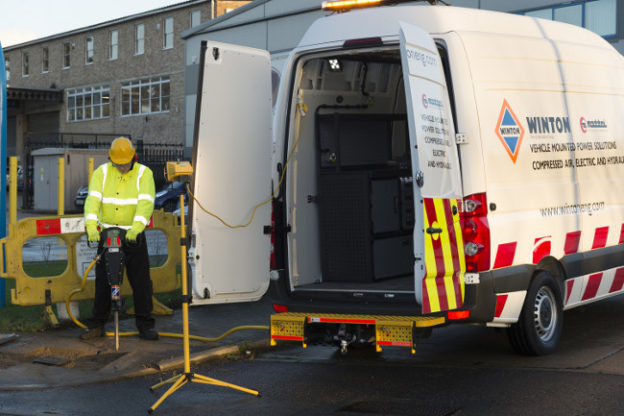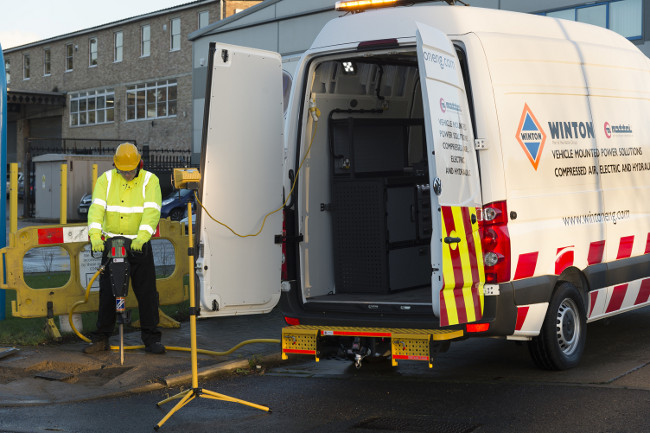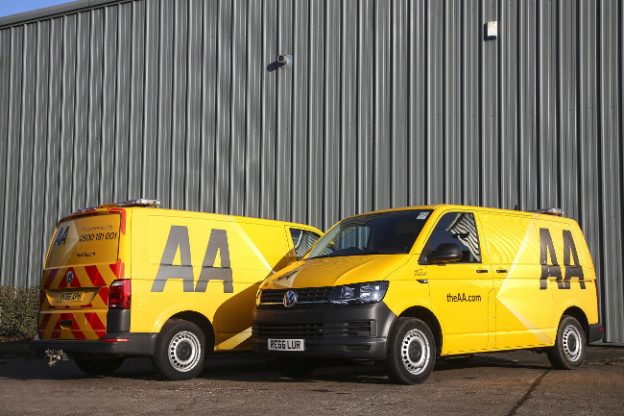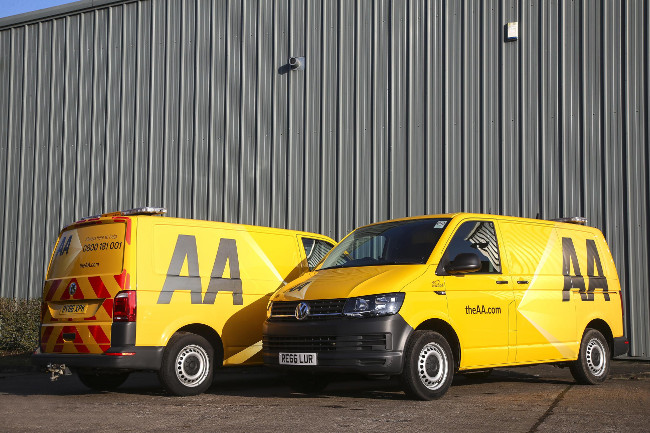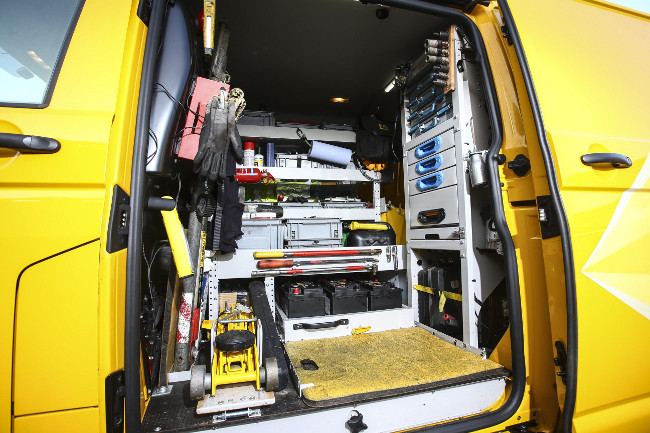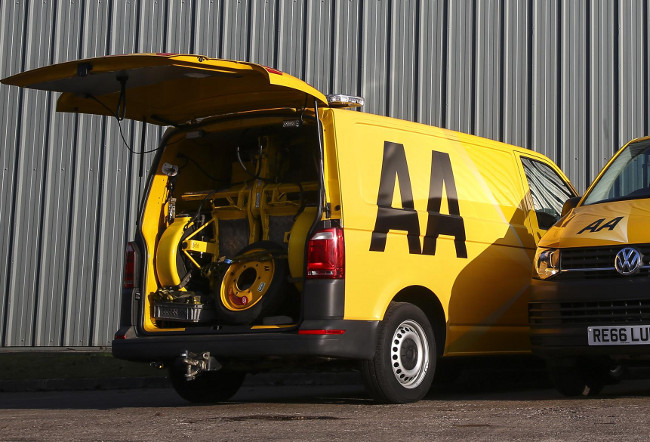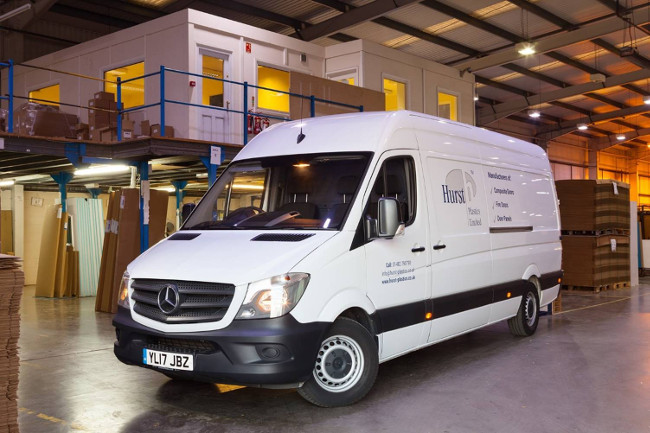
One of Hurst Plastics’ new Mercedes-Benz Sprinters
The Sprinter has been viewed as the top choice for high mileage van operations pretty much since its introduction in 1995.
That situation looks unlikely to change anytime soon, judging from comments made by two high-mileage fleet operators who’ve recently taken on new Sprinters.
Door manufacturer Hurst Plastics is unusual among its peers in that it delivers more than 99% of its doors using its own fleet of vans. With more than 1,500 doors and 7,500 fire safety panels heading out of the firm’s factory each month, this policy of in-house delivery means that the company’s vans work hard.
Hurst has just taken on 15 new Sprinters which are each expected to cover 100,000 miles a year. The company plans to keep them for three years and then review their condition before deciding whether to keep them on the road.
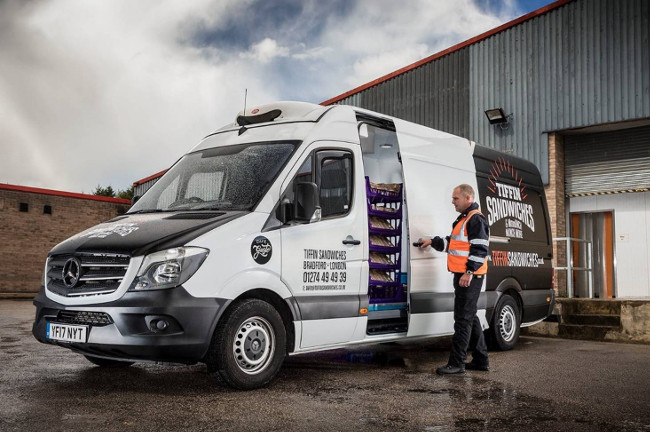
One of Tiffin Sandwiches’ new Mercedes-Benz Sprinter with driver Jon Pilkington.
It’s a similar story albeit with a different product at Tiffin Sandwiches. The company has become one of the UK’s top wholesale sandwich producers. But shipping this many fresh sandwiches daily to customers all over the UK requires some wheel time.
Tiffin has purchased 21 long-bodied Sprinters over the last 18 months, including five 314 CDI Euro 6 models which have just entered service. All of the firm’s vans are converted for temperature-controlled operation and are expected to do up to 2,000 miles per week — or 100k per year.
Unlike Hurst, Tiffin has only recently switched to Sprinters. Fleet Manager Steve Gadd explains why:
“Our previous supplier’s vehicles were struggling to cope with the rigours of our delivery regime, while its after sales service was poor. We therefore approached Northside, and trialled a Sprinter for six months. It slotted into the fleet very well and didn’t miss a beat.
“Not only is the Sprinter more reliable, but it’s also impressively fuel-efficient. We’d been getting 22-24 mpg from our established vehicles, whereas the Mercedes-Benz vans are returning 28-30 mpg. Given the high mileages they cover, this improved economy equates to a big saving on our fuel bill, so we’ve allocated Sprinters to our longest routes and also sent a few down to London, where they excel in the stop-start traffic.”
Mr Gadd intends to replace Tiffin’s entire fleet with Sprinters as soon as possible. Back at Hurst Plastics, Transport Manager Jon Brake has more experience of the three-pointed star and is just as keen:
The Mercedes-Benz package is unbeatable. I’ve been with this company since 1999, and since then we’ve tried vehicles by various manufacturers. The Sprinter has been the best by a mile. It’s a real workhorse, highly robust and with far superior build quality, as well as being really nice to drive.”
Both companies’ latest vans are 314 CDI Euro 6 models, which use both BlueTEC Selective Catalytic Reduction (SCR or AdBlue) and Exhaust Gas Recirculation (EGR) to minimise emissions and comply with the latest pollution regulation.

